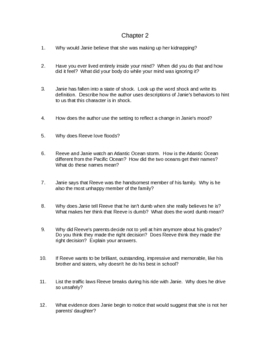

Even secondary characters are well-rounded, with their own histories and motivations. Autumn’s coming-of-age is sensitively chronicled, with a wide range of experiences and events shaping her character. But on August 8, everything changes, and Autumn has to rely on all her strength to move on. In the summer after graduation, Autumn and Finny reconnect and are finally ready to be more than friends. Growing up, Autumn and Finny were like peas in a pod despite their differences: Autumn is “quirky and odd,” while Finny is “sweet and shy and everyone like him.” But in eighth grade, Autumn and Finny stop being friends due to an unexpected kiss. They drift apart and find new friends, but their friendship keeps asserting itself at parties, shared holiday gatherings and random encounters. The finely drawn characters capture readers’ attention in this debut.Īutumn and Phineas, nicknamed Finny, were born a week apart their mothers are still best friends.

Cooney's original plot and satisfying resolution are marred by Jane's interminably overwrought analysis of her condition, and by a love interest that is more tacked on than intrinsic. Her parents' explanation (they are her grandparents her mother abandoned Jane to return to a cult) proves unsatisfactory, pushing Jane toward emotional collapse until-with the help of Reeve and his sister-she finds a way to face the situation rationally.

As the underpinnings of her secure world slip, she clings to Reeve, the boy next door, with whom she is falling in love. After Jane Johnson sees what seems to be her own face as a three-year-old displayed on a school lunch carton, she is plunged into a series of flashbacks: memories of long-forgotten childhood experiences that reinforce her sudden suspicion that she may have been kidnapped. In a novel that never quite lives up to its gripping premise, a high-school student discovers that her much-loved parents may in fact be her kidnappers.


 0 kommentar(er)
0 kommentar(er)
